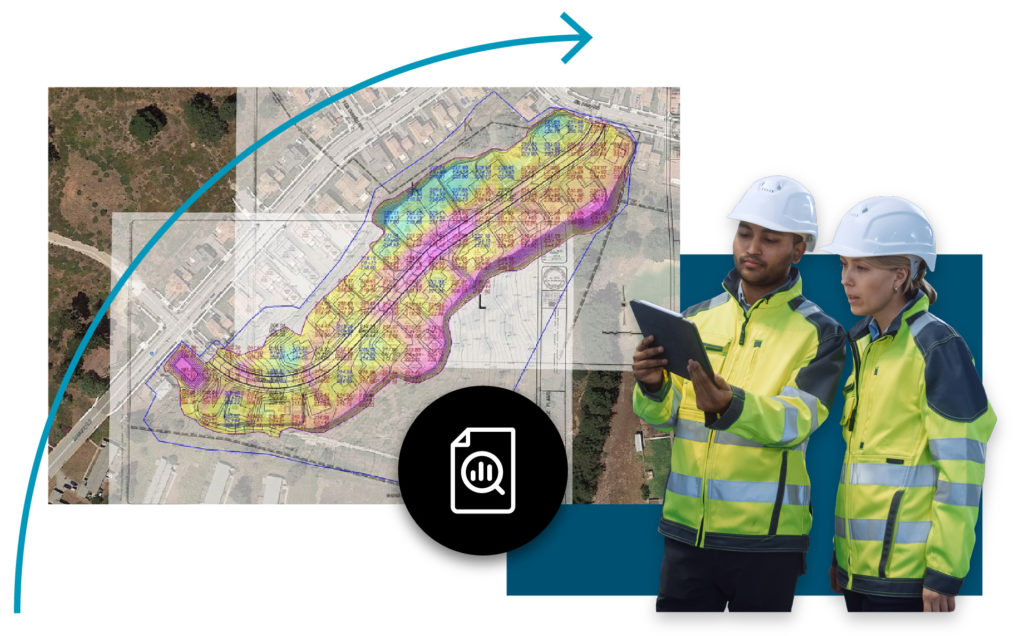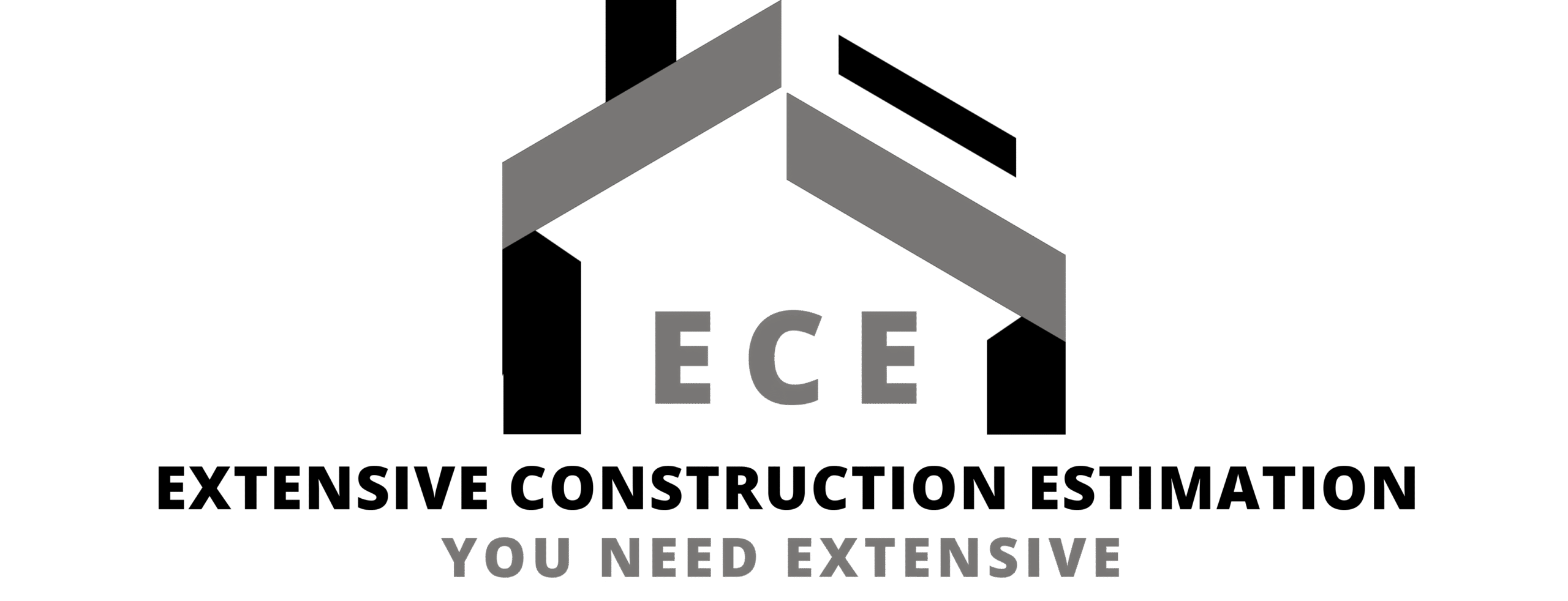
Construction Cost Estimating: A Complete Guide to Methods, Accuracy, and Best Practices
Estimated reading time: 10 minutes
Key Takeaways
- Overview of construction cost estimating and its importance for budget planning and risk management.
- Introduction to core concepts, terminology, and various costing methods.
- Detailed end-to-end workflow from scope definition to final deliverables.
- Tools, software, and data sources that boost estimating accuracy.
- Risk management practices and common pitfalls in construction cost estimating.
- Checklists, templates, and effective communication strategies to support delivery.
Table of Contents
- Core Concepts and Terminology
- The Construction Cost Estimating Workflow
- Estimating Methods and When to Use Them
- Data Sources and Pricing Intelligence
- Tools and Software
- Risk, Uncertainty, and Scenario Analysis
- Value Engineering and Cost Control Linkages
- Common Pitfalls and How to Avoid Them
- Deliverables and Communication
- Checklists and Templates
- FAQs
- Conclusion and CTA
Core Concepts and Terminology in construction cost estimating
*Construction cost estimating* involves forecasting all costs needed to bring a project from start to finish. Clear understanding of terms is crucial for consistency:
- Direct costs: Costs that go right into the work, like concrete, rebar, formwork, labor, and equipment.
- Indirect costs: Support costs such as site offices, supervision, and temporary facilities.
- Overhead: Company-level expenses like accounting, HR, and rent.
- Profit: The markup on the job for return.
- Allowances: Set amounts for items not fully defined.
Additional key concepts include contingency vs. management reserve, escalation, location factors, unit costs, and accuracy classes (ROM, Conceptual, Schematic, DD, CD/Bid). For further reading, visit American Society of Professional Estimators and AACE International.
The Construction Cost Estimating Workflow (End-to-End)
A robust workflow builds quality and confidence. Follow these steps:
- Define scope and assumptions by gathering drawings, specs, addenda, and project requirements.
- Build the Work Breakdown Structure (WBS) and measurement rules for consistent takeoff.
- Perform quantity takeoff using manual, onscreen 2D, or BIM-based 5D methods (detailed guide).
- Price materials, labor, and equipment based on reliable data.
- Include indirect costs, overhead, profit, contingency, escalation, and appropriate taxes.
- Take location and market conditions into account.
- Develop a risk register and allowances.
- Conduct QA/QC, peer reviews, and reconciliations (peer review details).
- Produce the Basis of Estimate (BOE) and final deliverables.
Estimating Methods and When to Use Them in construction cost estimating
Different methods serve different project phases and data availabilities:
- Analogous (top-down): Leverages data from past, similar projects for a quick ROM.
- Parametric: Uses cost models with drivers (e.g., $/SF or $/bed) and relies on historical data (Learn more).
- Assemblies-based: Builds estimates by identified systems, offering faster approximations (Learn more).
- Bottom-up/detailed: Involves a thorough line-item takeoff ideal for CD/bid stages.
Other techniques include vendor quotes, subcontractor bids, and three-point estimating. Choose the method based on the available design detail and project schedule.
Data Sources and Pricing Intelligence for construction cost estimating
Accurate data is the engine behind reliable estimates. Leverage:
- Historical project data and internal cost libraries.
- External cost databases like RSMeans (RSMeans) and Craftsman Book Company (Craftsman Book Company).
- Labor rates, equipment schedules, and market indices, including inputs from ENR (ENR).
Strong data inputs boost the precision and credibility of your construction cost estimates.
Tools and Software for construction cost estimating
Selecting the right tools can streamline the estimating process. Consider:
- Spreadsheets: Highly customizable but prone to version control issues.
- Dedicated estimating software: Options like Sage Estimating, ProEst, WinEst, Trimble, and CostX offer centralized databases and robust reporting.
- Takeoff tools: PlanSwift and Bluebeam enhance accuracy with digital, traceable takeoffs.
- BIM 5D integration: Links model quantities directly to cost items, enabling dynamic changes.
Integration with project management and accounting software also ensures smooth transitions from estimate to execution.
Risk, Uncertainty, and Scenario Analysis in construction cost estimating
Anticipate and plan for uncertainties by:
- Contingency modeling: Allocate funds based on design stage and risk profile.
- Monte Carlo simulation: Run multiple scenarios to determine cost ranges (P50, P80, P90).
- Sensitivity analysis: Identify the critical cost drivers, such as material price or labor productivity.
- Understand procurement strategy impacts and supply chain risks.
Value Engineering and Cost Control Linkages in construction cost estimating
Aligning your cost estimates with project value is key:
- High-cost drivers: Identify and target major cost items for value engineering workshops.
- Value engineering (VE): Explore alternatives that maintain performance while reducing costs.
- Total cost of ownership (TCO): Evaluate long-term costs like maintenance and energy usage.
- Establish a budget baseline and implement change management feedback loops.
Common Pitfalls and How to Avoid Them in construction cost estimating
Avoid these common errors:
- Missing scope or double counting – ensure proper WBS and checklist reviews.
- Using outdated pricing or incorrect labor productivity – regularly refresh databases and quotes.
- Overlooking permits, temporary works, or site-specific conditions – verify all jobsite variables.
- Weak documentation and disorganized files – maintain a clear, detailed BOE and version control.
Deliverables and Communication for construction cost estimating
Effective communication packages include:
- Executive summary: Highlight total cost, key assumptions, and risk factors.
- Detailed line-item estimate: Include full coding and unit cost breakdowns.
- Basis of Estimate (BOE): Document methods, data sources, assumptions, and risk register summary.
- Visual aids such as cost breakdown pie charts and sensitivity tornado charts.
Checklists and Templates for construction cost estimating
Utilize checklists to minimize errors and ensure consistency:
- Pre-estimate scope/assumption checklist: Validate drawings, specs, site conditions, and schedule milestones.
- Estimating QA/QC checklist: Confirm WBS, measurement rules, pricing data, and version control.
- Basis of Estimate (BOE) outline: Clearly describe scope, methods, sources, and assumptions.
FAQs: construction cost estimating
How accurate is early-stage construction cost estimating?
Early ROM estimates can vary from -30% to +50%, with accuracy improving as design details become clearer.
What’s a reasonable contingency and how is it set?
Contingencies range from 15–30% in early stages, reducing to 5–10% at CD/bid, and should reflect the risk category and estimate class.
How often should estimates be updated?
Update the estimate at every design milestone or when significant market changes occur.
What’s the difference between an estimate, a bid, and a quote?
An estimate is an internal forecast, a bid is an offer for the work, and a quote is a supplier or subcontractor price.
What are the top factors affecting an estimate?
Key factors include scope definition, quantities, labor productivity, market prices, and schedule considerations.
Conclusion and CTA: construction cost estimating
Strong construction cost estimating underpins smart budgeting, mitigates risk, and builds stakeholder trust. By applying clear terminology, a repeatable workflow, and leveraging accurate data and modern tools, you can produce robust estimates that align with project value.
Download our free estimating checklists and BOE templates to accelerate your next project. For a second opinion or benchmark audit on your current process, contact us today.
Browse our previous blog posts for more insights on construction cost estimating:
- Masonry Takeoff: Step-by-Step Guide to Accurate Quantities, Pricing, and Construction Cost Estimates
- ADU Cost Estimating: A Complete Guide to Accurate Budgets, Methods, and Best Practices
- Modular Construction Estimating: Complete Guide to Methods, Accuracy, Classes, Tools, and Best Practices
- Prevailing Wage in Construction: Complete Guide to Its Impact on Cost Estimating, Accuracy, Contingency, and Best Practices
- Hire a freelance estimator: Comprehensive guide to construction cost estimating and accurate budgeting
